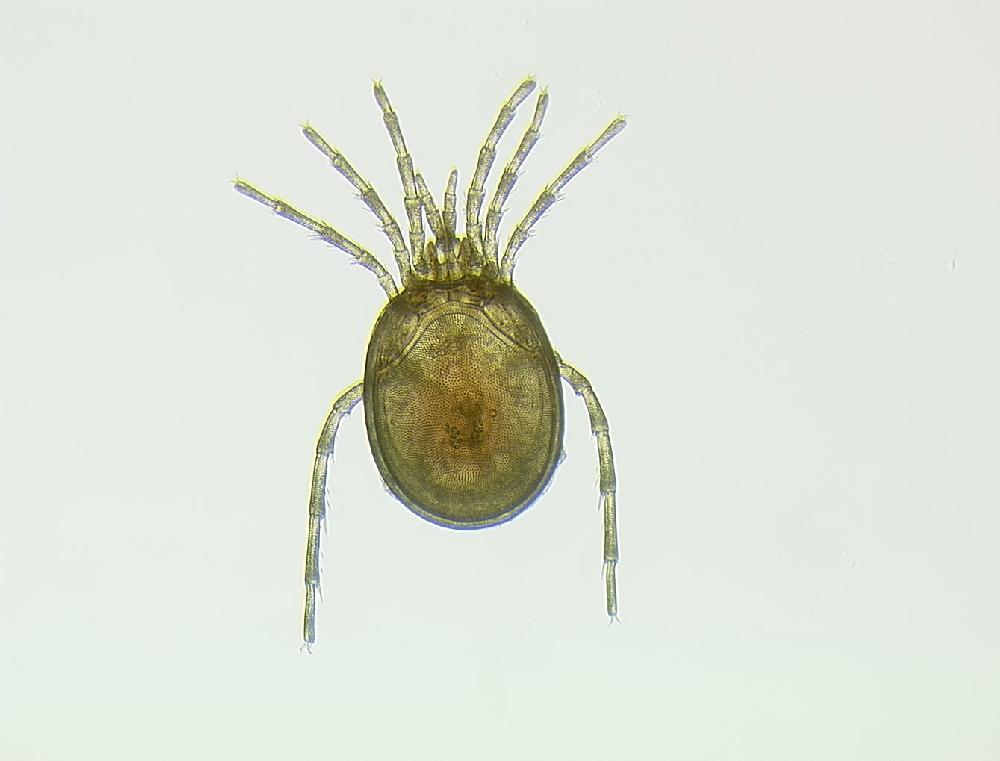Phylum Arthropoda at over 1,110,000 described species worldwide (Stork 1997) is by far the most successful phylum in the animal kingdom.
85% of all animals are arthropods.
Arthropods include insects, arachnids, crustaceans, millipedes, centipedes, and many other minor groups commonly referred to as "bugs".
Arthropods have many values to humans and ecosystems, including pollinating flowers, decomposing dead animals and feces, controlling populations of "pest" species, providing food to other animals (and in some cases, food for humans), and just being beautiful (such as butterflies).
Knowing more about arthropods helps insure that these valuable functions continue and help us to control the "pest" species, including those like mosquitoes and ticks that can transmit deadly human diseases.



.jpg)
